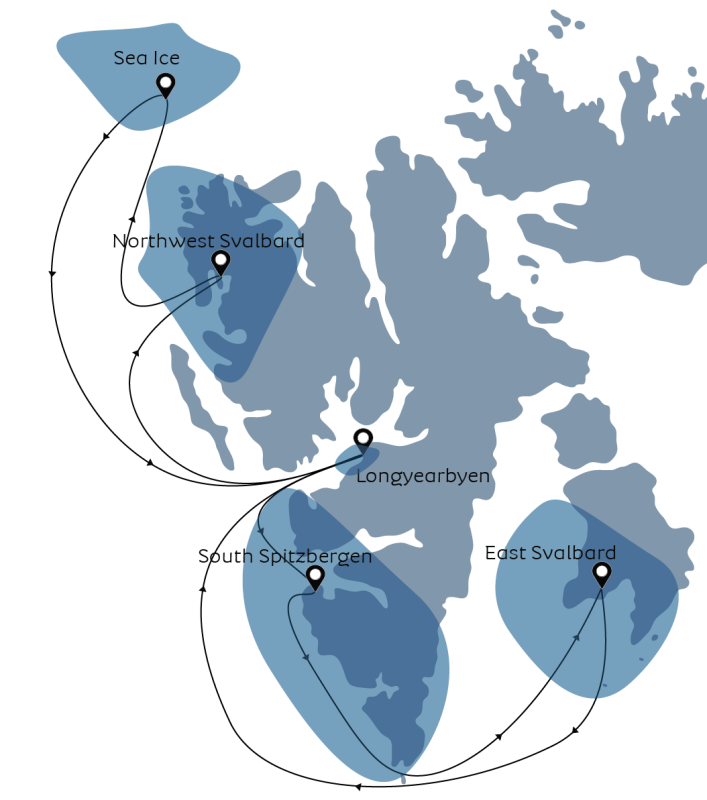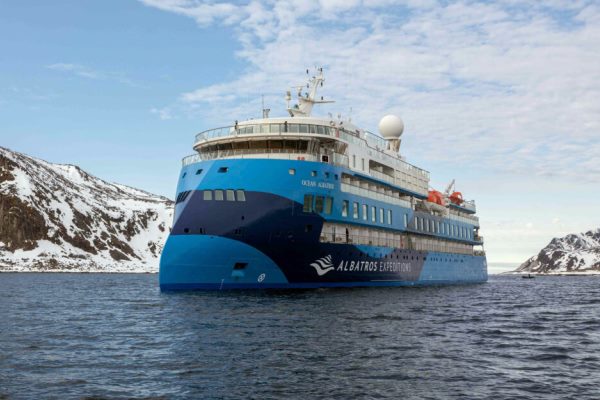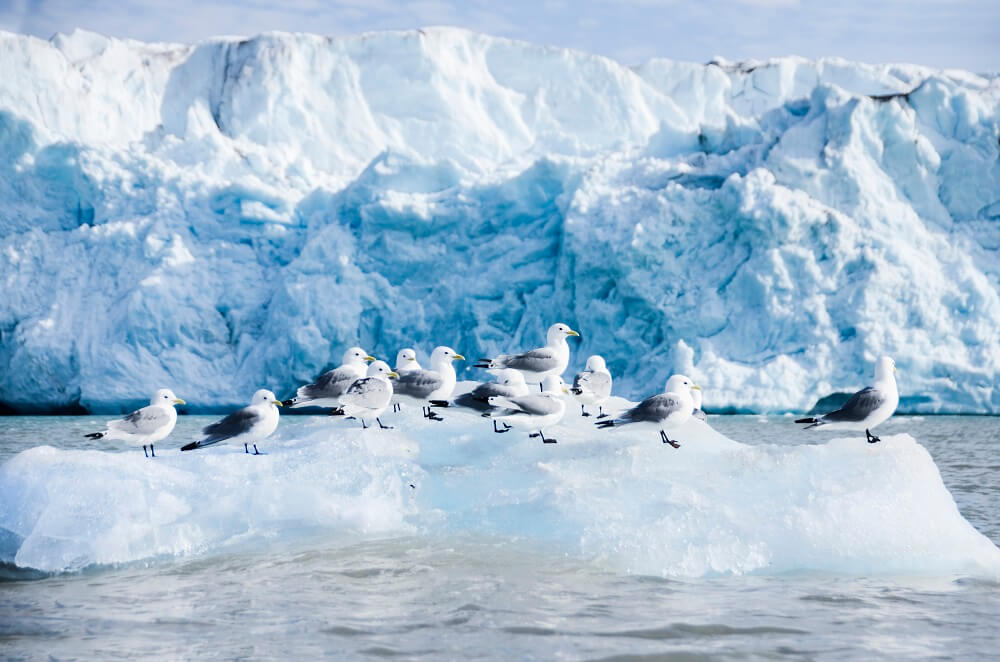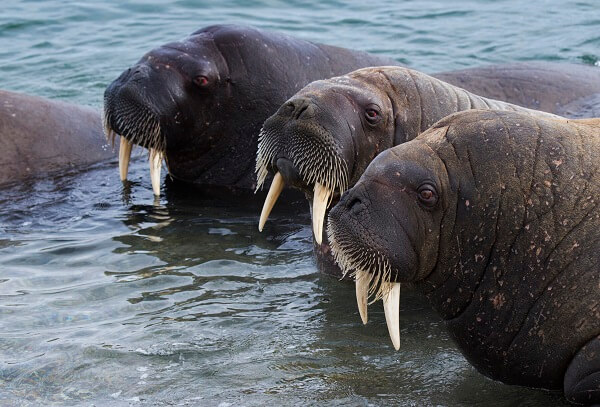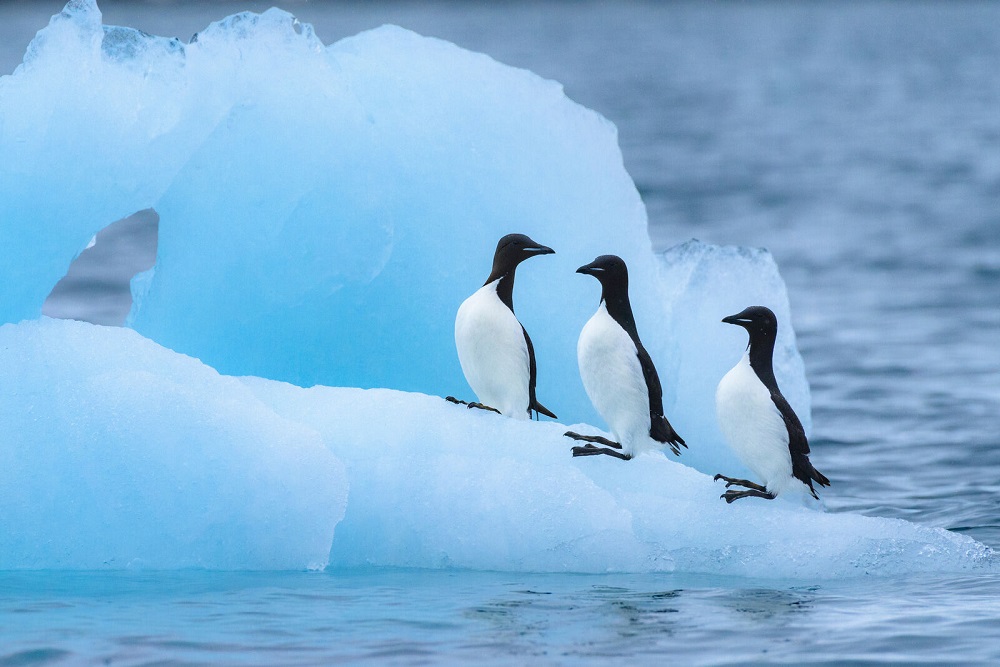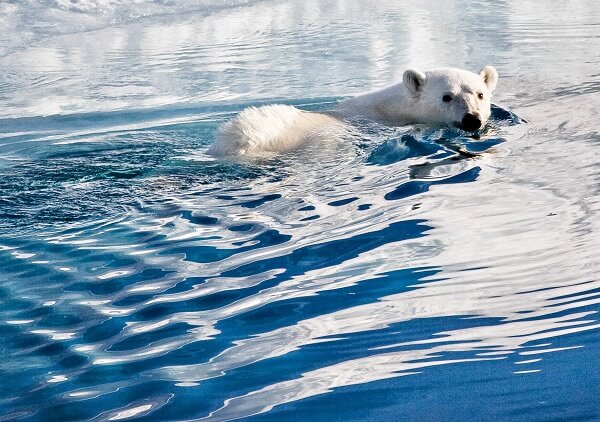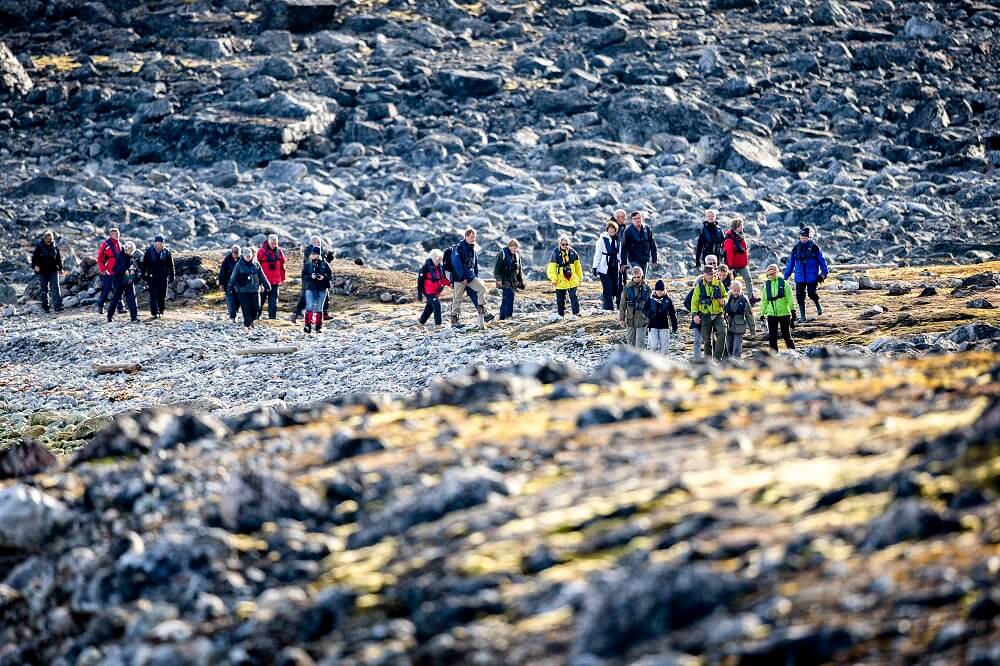Advanced filters:
Destination:
Month:
Year:
Trip Length:
Price:
Svalbard in Depth Land Sea and Ice
Start : 16 Jun, 2024 End : 26 Jun, 2024
Departure : Longyearbyen Arrival : Longyearbyen
11 Days
TRIPLE STATERROOM F
TWIN PORTHOLE D
FRENCH BALCONY E
SINGLE PORTHOLE G
BALCONY STATEROOM C
BALCONY SUITE B
JUNIOR SUITE A


